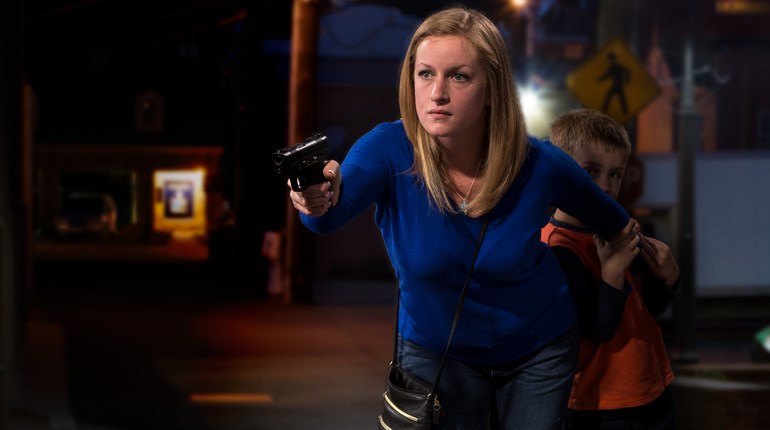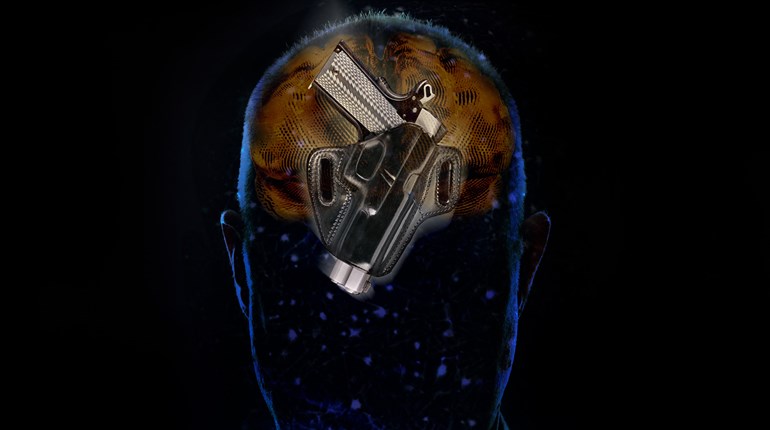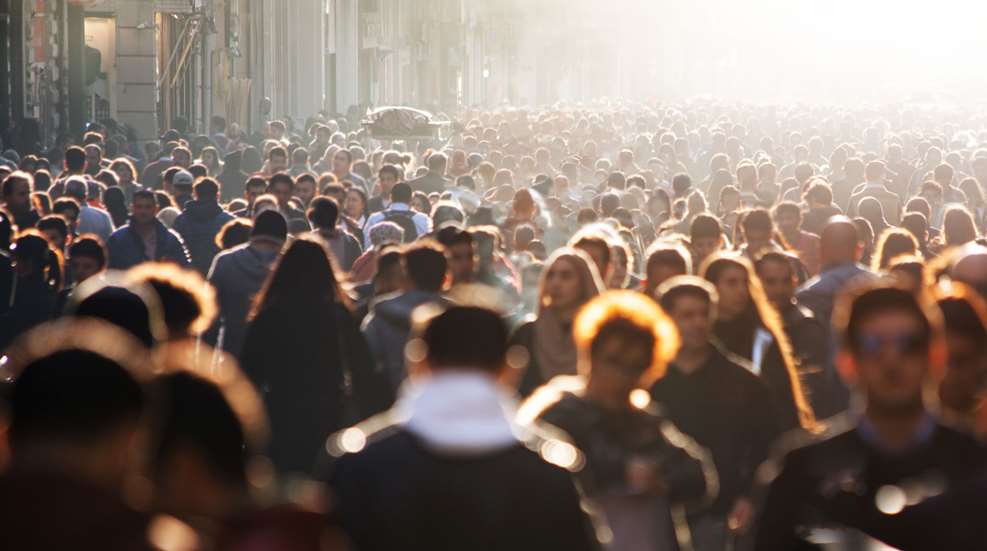
While violent encounters in public spaces are rare, they can and do occur. If you should find yourself in the middle of such an event, the rationale behind the actor or actors is not important. What is important is that you are prepared, aware and capable. I have studied events like these closely, once making my living gathering and interpreting intelligence related to various types of violent attacks all over the world. I was looking for patterns to exploit that would lead to the creation of updated measures for force protection. I’ll admit, not everyone liked what I had to say, but that didn’t make it any less true. In the end, you are responsible for your own safety and the safety of your loved ones. We all need to plan accordingly.
What we can do as responsible gun owners starts by being prepared. Ask yourself how you have planned to confront this type of attack. Outside of the tools, what have you done to mentally prepare yourself? One of the best tactics you can employ is committing to an armed lifestyle. Like any other defensive gun use that happens outside of the home, they are virtually an unknown, unknowable event. This puts a terrible burden on the individual to carry as often as possible. As I mentioned earlier, there are no more safe spaces. Every location has the potential to go from a peaceful outing to a deadly force event in the blink of an eye. Committing to carrying regularly is a great first start.
Part of preparation is creating an emergency-action plan that covers a series of actions that happen immediately and without questioning when the severity of the situation is known. There are so many variables to consider such as are you alone, or with friends or family members? Are you together or separated at the scene of the attack? Does everyone have the means to move on their own? Do you have means of communicating with your group and the outside world, preferably hands-free? How will you link up if separated, where should you meet and how long should you wait before moving farther away? These are just a few questions to consider with the intention of getting you thinking. The mind is the greatest weapon, and when you combine that with thinking through these situations beforehand, you will be better prepared.
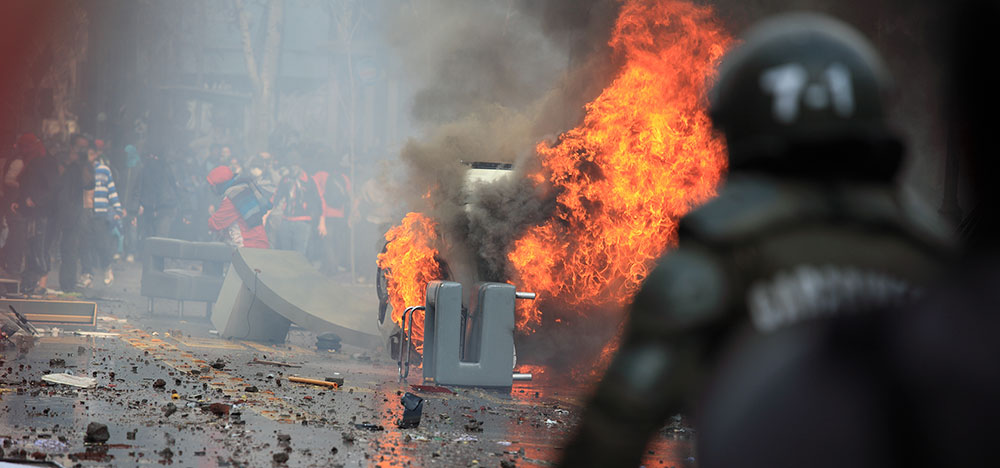
Even with the best laid plans, rehearsals and even role playing, they all become less effective if you are caught unaware. I cannot emphasize enough the importance of staying alert to your surroundings when in public. I used to downplay this to some extent; my level of alertness and awareness in a combat zone or non-permissive environment is obviously different from when I’m shopping at my favorite grocery store. As we’ve all witnessed, the world is becoming more and more dangerous. While I recognize my home state is not the same as a third-world country, I have found myself staying alert and vigilant like being deployed overseas. It is an exhausting activity, scanning and assessing. You are evaluating every piece of information available. I know the term “profiling” is unfavorable in many circles, but when you are maintaining a high state of alertness, that is exactly what you are doing. Every piece of information is used to make informed decisions to better predict and prepare for potential dangers.
This type of alertness does not just mean assessing people, but places as well. The ability to see the terrain in a manner that allows you to exploit the tactical advantage is a learned skill. For instance, where is my next piece of cover? Should I be alerted to danger, where can I hide or be protected from bullets? Much like a safety brief on an airplane, your safest exit may be behind you. As you move around the world, look nearby for the next piece of cover. Also, remember the location of the last piece of cover; knowing that it could be better to fall back rather than advance is a huge advantage. The other key terrain feature you are looking for is an exit or escape. Think outside the box and don’t just consider the obvious exit points, but consider options like where the back doors are located. As cliché as it sounds, never walk into a place you don’t know how to walk out from.
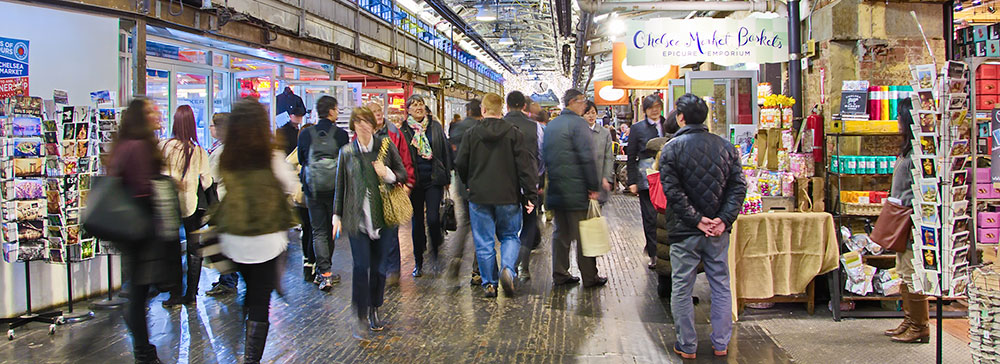
As we see more and more Americans choosing to carry concealed, we need to acknowledge there are more “good guys with guns” across the country than just a few years ago. This is unquestioningly a good thing, but there is a potential downside to it. Quite simply, it greatly increases the importance of properly identifying the actual threat. More important now than ever, just seeing someone with a firearm is not automatic grounds to consider them a bad actor. Is that truly a violent criminal, or a father protecting his family or a mother protecting her child? This will make target discrimination more challenging, but there is no other option. Our target-discrimination process starts big, taking in the whole person: What are they doing, what are they wearing, where is their attention, what is their demeanor? Pay attention to their demeanor and look for pre-attack cues they may give off. Micro-expressions are easy to spot, but often overlooked, such as wide, non-blinking eyes, pursed lips, furrowed brow, clenched teeth, to name a few. From there, we narrow in on their hands. Where are their hands, and what are they holding? If you cannot see their hands that is a huge red flag, especially if you picked up on some of the other listed cues. It may be necessary to deconflict good guy from good guy and realize you are both on the same team. It goes without saying we are responsible for our actions and especially our use of deadly force, so be positive of your target and what’s beyond it.
As much as we all would prefer, the danger of violent attacks in public is unlikely to go away. The hard part is understanding what that means for us at the individual level.
Violent attacks in public spaces represent a different type of threat and one that must be better understood. A violent crime committed against a person such as robbery, assault, rape, murder and kidnapping have different outcomes, but what they all share is proximity. For these crimes to be committed, the violent criminal actor must be in proximity. Violent attacks in public spaces depart from this model slightly, in that the goal—if there is one—is to cause as much mayhem and confusion as possible. Victims, intended or incidental, don’t have to be in such close proximity to the brutal actor(s), often merely being in their general vicinity is enough. This means you may be required to engage the bad actor from distances outside the normal distances we see in other violent crimes. There was a period in the training industry where teaching students to shoot at distance was considered a waste of time, that an instructor who emphasized distance-shooting did not understand the real dangers the average person faces. I knew then and know now this was poor judgment. It is our responsibility to best prepare the student for the unknown, unknowable event.
While we generally think of defensive events as happening within 10 yards, being able to hit a target at 15, 20 and even 25 yards is certainly advantageous. Aside from helping to diagnosis shooting errors, it provides a necessary skill, being able to maximize your distance from an attacker or attackers. Jack Wilson stopped a shooting at a church in Texas at a distance of 15 yards. Elisjsha Dicken engaged a shooter in a mall at an initial distance of 40 yards. Now, we could easily go down a rabbit hole by saying well, if 25 yards is good, then 50 yards must be better. I’m not saying that is wrong thinking, but I am saying we need to ensure marksmanship fundamentals are well understood. In my mind, shooting at distance or close range is not too different. I still need to apply each of the five fundamentals, but depending on the situation I can take certain liberties with my speed or accuracy. This is the biggest take away; you need to balance these two variables constantly depending on the situation.
At close range, you have neither the time nor the required level of precision. You can be less exact with your sight picture and trigger control. As you increase the distance, you will need to be more precise with your aiming and trigger press, with the ability to meter your focus being key. The act of quickly judging how exact your aim needs to be along with how defined your trigger control is a learned skill often overlooked. An acceptable level of aim will be based off the time, distance and exposure of the target. I use two levels of precision while aiming: fine and rough. When my aiming is rough, I know there are imperfections, but based off the situation I’m good with them and they are acceptable. My front sight might not be perfectly aligned with my rear sight, or the sight system might not be perfectly centered on the point-of-impact of the target. This produces a good enough outcome with regard to accuracy. Then there is fine, and when my aiming is fine there are very little if any imperfections in my sights or aiming on the target. This produces the very best outcome with accuracy. If you are in a situation where the only available target is smaller than a normal target, having the ability to refine your aiming process will be necessary. Not only is the smaller target harder to hit, but it implies it is easy to miss. Should you miss, your act could endanger or injure (or worse) an innocent bystander. Training to adjust the level of refinement needed for your aiming is an incredibly important skill to develop.
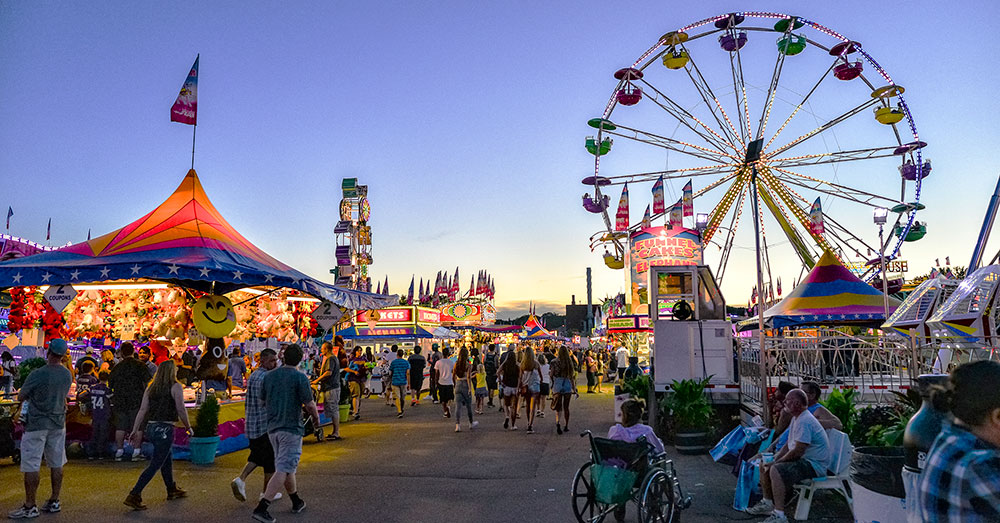
As much as we all would prefer, the danger of violent attacks in public is unlikely to go away. The hard part is understanding what that means for us at the individual level. The odds are still very low you will ever be in a violent encounter in a public space, but preparation is always key. Have you thought about an emergency family plan, talked it over with family members and even rehearsed what to do in case of an emergency? Regardless of the type of event, we could all benefit from paying more attention to our surroundings. Minimize distractions from mobile devices and keep your attention on things that don’t belong or that stand out. If you are called to defend yourself or your family, realize the situation will be outside the norm. You may have to contend with distance or reduced targets, which will require a shift in your training and skill. The hope, of course, is that you never find yourself in such an event, but hope is not a tactic—planning and preparation are.












